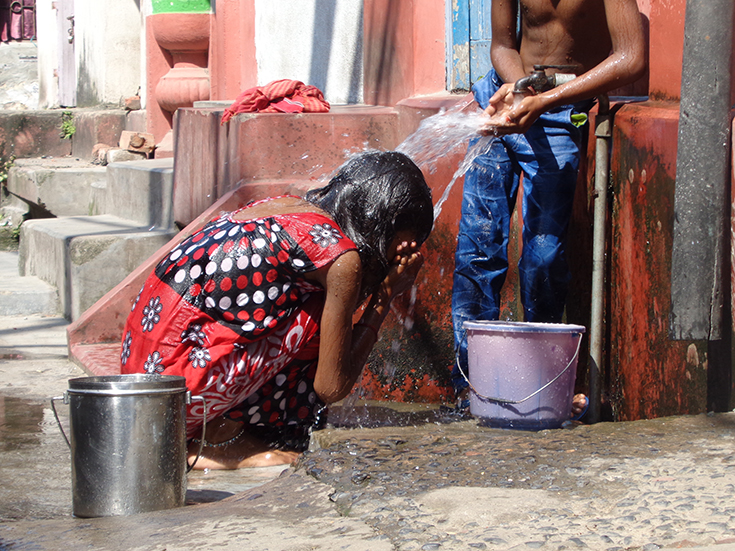Tackling India’s water crisis
India is suffering from the worst water crisis in its history and millions of lives and livelihoods are under threat, says the National Institution for Transforming India (NITI Aayog).

More than 600 million people in India face high to extreme water stress (Image: Rupa Ghosh / 123rf)
Currently, 600 million Indians face high to extreme water stress and about 200,000 people die every year owing to inadequate access to safe water. The crisis is only going to get worse. By 2030, the country’s water demand is projected to be twice the available supply, implying severe water scarcity for hundreds of millions of people and an eventual loss in the country’s GDP of more than six per cent.
Water management is often currently viewed as a zero-sum game by states due to limited frameworks for inter-state and national management, says NITI Aayog. This has resulted in seven major disputes regarding the country’s rivers, involving 11 states4, as well as limited policy co-ordination on issues like agricultural incentives, pump electricity pricing, etc. These issues can be addressed by boosting cooperation at a federal and inter-state level.
In the face of the imminent need to deepen understanding of water resources and usage the requirement to put in place interventions to make water use efficient and sustainable, NITI Aayog has developed the Composite Water Management Index (CWMI).
The Index and its associated report are expected to: Establish a clear baseline and benchmark for state-level performance on key water indicators; uncover and explain how states have progressed on water issues over time, including identifying high-performers and under-performers, thereby inculcating a culture of constructive competition among states; and identify areas for deeper engagement and investment on the part of the states.
Eventually, NITI Aayog plans to develop the index into a composite, national-level data management platform for all water resources in India.
The CWMI can be found here